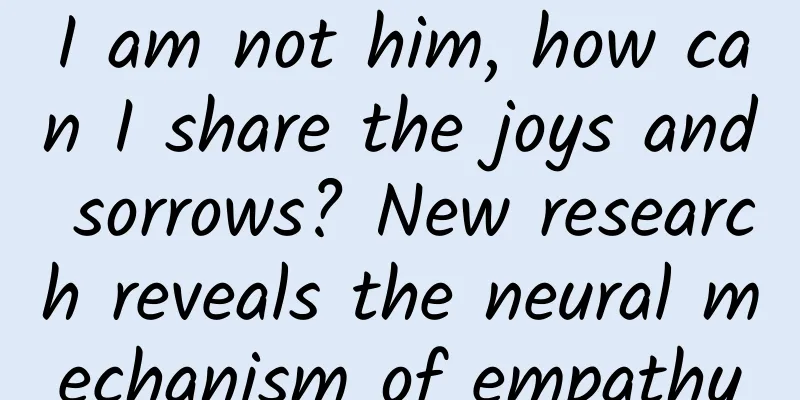It has the most dazzling ethnic style, it is the "top stream" of ancient Chinese clothing

|
Guizhou, known as the "China Park Province", has been full of technology in recent years, with top events or facilities such as the China International Big Data Industry Expo and the 500-meter Aperture Spherical Radio Telescope. However, in the impression of some partners, Guizhou's historical and cultural heritage seems to be slightly insufficient. In fact, colorful Guizhou has a unique history and culture with southwestern characteristics, which is also reflected in the national costumes. Today I want to introduce the top costume from the Song Dynasty - the egret pattern colored batik pleated skirt, which is also one of the treasures of the Guizhou Provincial Museum. A Song Dynasty colored batik pleated skirt with egret pattern on display at Guizhou Provincial Museum. Image source: Internet This colorful batik pleated skirt with egret pattern from the Song Dynasty was unearthed in the Pingba Coffin Cave in 1987. That year, with the approval of the State Administration of Cultural Heritage, the Guizhou Provincial Archaeological Team conducted archaeological excavations at the Taohua Miao Coffin Cave in Pingba, Anshun. This cave burial site is large in scale, with five to six hundred coffins placed in the cave. In coffin No. 415, archaeologists saw the hostess wearing a colorful batik pleated skirt with egret pattern, and a batik knife was placed at the cuffs. Experts speculate that the hostess may have been a batik master in her lifetime, and the dress she was wearing was probably her own masterpiece. Taohua Miao Coffin Cave in Pingba, Anshun, Guizhou Photo source: Internet This dress is truly a masterpiece. Its waist is made of linen, white, 31 cm long, and the body is made of cotton homespun, 62.5 cm long and 51.2 cm wide. The batik pattern is divided into two parts, the upper part is dominated by a flying egret, with its head held high and wings spread, limbs bent and long tail feathers, and harmonious geometric patterns distributed between the flying egrets as a foil to make the pattern fuller. Below it are several groups of yellow and blue stripes alternating with string patterns, making the skirt decoration complex yet simple. The lower part of the decoration is like flowing clouds, with a number of small dots in the gaps between the clouds. The two parts of the decoration are based on yellow and blue, and are different in shades, which is obviously the effect of two wax sealings. The ice patterns are vertical, delicate and natural. Further down are three sections of decoration made with completely different craftsmanship, that is, between the two sections of embroidery, there is a section of embroidery. From top to bottom, it is a "wan" pattern embroidered with yellow and blue silk threads, and the images are varied, seemingly composed of trees, people, animals, circular images, etc., and show yellow, blue and green embroidery patterns, and embroidery patterns mainly in blue, occasionally in yellow. Details of the colorful batik pleated skirt with egret pattern from the Song Dynasty. Image source: Internet So why did the hostess choose the heron pattern? This is related to the totem beliefs of the southern ethnic minorities. The heron is associated with fishing and water affairs, and is regarded as an auspicious bird. The heron pattern symbolizes smooth and safe production and a good harvest, which is the beautiful vision of the ancients. In this cultural relic, we can see the people's pursuit of a better life at that time. This "colorful wax pleated skirt with egret pattern" combines the techniques of cross-stitching, embroidery and batik, with intricate and varied patterns and rich colors. The pattern imitates the egret pattern on the early bronze drums. The picture is grand, the lines are smooth, and the coloring is not much. It combines joy, rigor, enthusiasm and generosity, showing the artistic concept and craftsmanship of ancient ethnic minorities. It has an important empirical role in studying the history of Guizhou batik, ancient Guizhou ethnic costumes and their evolution. As the old saying goes, "Using copper as a mirror, we can correct our attire and history as a mirror, we can understand the rise and fall of a nation." Cultural relics carry splendid civilizations and pass on historical culture. We can learn about the ancients' technology and life from these precious historical relics, and understand the codes of the Chinese nation's diligence, wisdom, and love of life. |
>>: This tree has a "ghost face", but it is loved by people...
Recommend
Where can I watch the full replay of the Shenzhou 13 return live broadcast? Introduction to attachment land points!
At 9:56 am Beijing time on April 16, 2022, the ret...
Code reuse rate is 99%, Ctrip market insight platform Donut cross-terminal high-performance technology practice
About the Author Brain, a senior software technol...
Analysis of various gameplay methods: Creating an efficient App invitation plan
The friend invitation mechanism is a standard for...
A world-class archaeological discovery! A large ancient shipwreck was discovered in the South my country Sea
The State Administration of Cultural Heritage ann...
How to quickly get GIF images? Operator get!
Today, GIF animated images are becoming more and ...
MIUI 10 experience: Can Mi fans be satisfied without drastic changes?
On May 31, Xiaomi released its new flagship smart...
Integrated Marketing Lights up Baidu World Baidu LBS Leverages the Trillion-dollar Life Service Market
O2O is a big market, including hotels, shops, res...
Why is it said that new energy vehicles will definitely be led by China?
The world is entering the era of electrification,...
Google launches Android Auto Beta testing program to encourage users to try and submit feedback
Google is launching a new beta program for Androi...
Japan develops microrobots: DNA controls movement like cells
Living things are the most inspiring, but also di...
"Chang'e" connects the earth and the moon, and shares the beauty of the moon thousands of miles away - scientific achievements of my country's lunar exploration project
"When will the bright moon appear? I raise m...
Tips for attractive job ads!
As we all know, a job advertisement consists of t...
Shh! Here's a quick guide to surviving a drinking party
The wine table during the Chinese New Year can be...
Integrating social interaction + competitive sports intelligence interaction will usher in a new era of somatosensory games
Last week, the 2015 China Online Audiovisual Conf...
Chery Jetour's ambition to conquer high-end off-road
In recent days, Jetour has made a breakthrough an...









